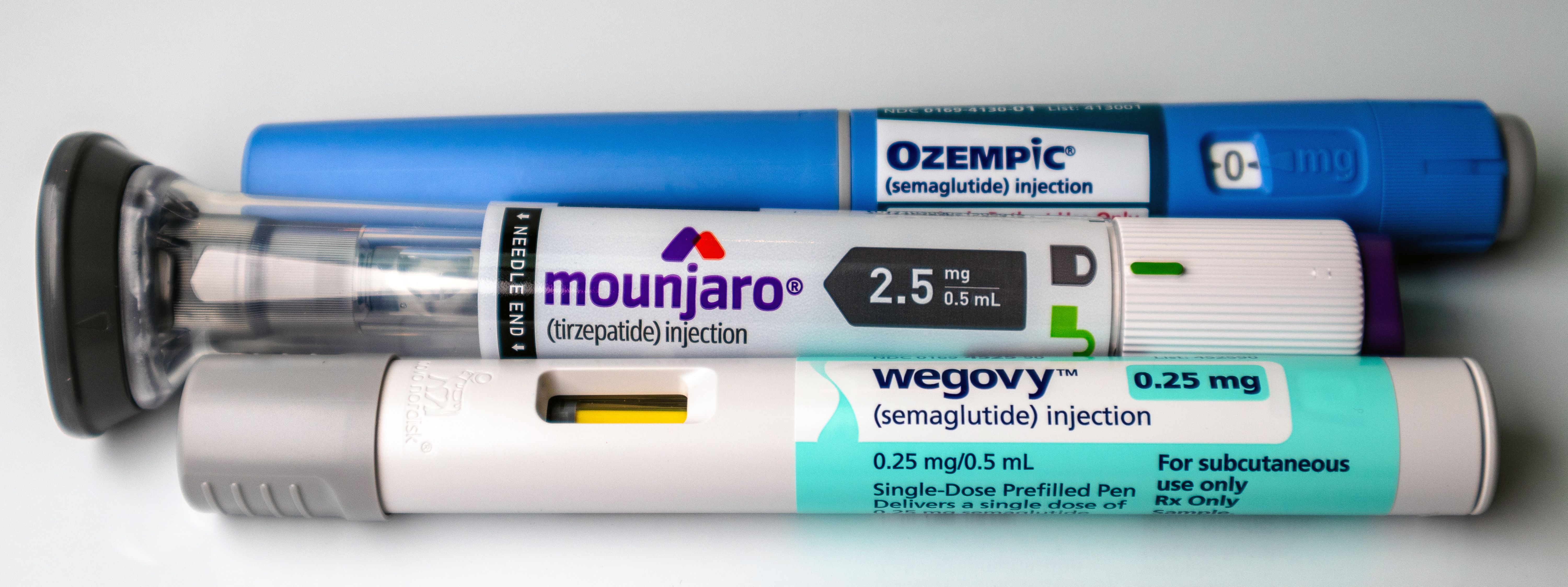Article
Licensing to grow
A new report suggests that pharmaceutical companies are turning to licensing to combat poor growth...
A new report suggests that pharmaceutical companies are turning to licensing to combat poor growth, caused in part by low R&D levels. However, strong competition for products means that companies must leverage their assets and offer creative deals to successfully win them from their competitors.
According to Datamonitor, the top 20 pharmaceutical companies are in a fix - they are facing a poor growth outlook for their prescription pharmaceutical businesses during the next 6 years; and struggling to overcome an impeding wave of patent expiries, tightening of drug prices and increasing regulatory pressures.
Pharma companies have been pouring money into R&D, but are failing to generate promising candidates that will provide a high return. Licensing, however, may hold the key to unlock potential revenue sources, providing companies can get their hands on the promising candidates under favourable terms. In the last 5 years, the number of signed licensing deals has increased by 16%. Furthermore, these companies have become increasingly dependent on licensing to generate sales, with an average of 19.5% of their ethical sales being derived from licensed products in 2004 compared with 17.5% in 2002.
GSK and Merck & Co. were the most active deal makers between 2000 and 2004. Of the top 20 pharma companies, Datamonitor expects Roche to experience the greatest jump in licensing dependence as a result of its tie-up with Genentech.
Newsletter
Get the essential updates shaping the future of pharma manufacturing and compliance—subscribe today to Pharmaceutical Technology and never miss a breakthrough.


